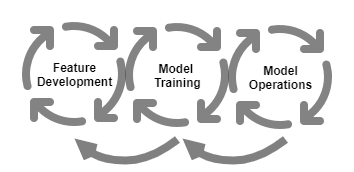Acceptance Criteria - The True Definition of Done

Let's talk about Acceptance Criteria in User Stories and in Tasks. Acceptance Criteria are the true Definition of Done for a work item and are the critical component when trying to estimate time. My experience has been that User Stories or Tasks are often poorly written which creates a misunderstanding of the scope and breadth of a work item. Adding real Acceptance Criteria drastically changes those conversations for the better. Video Presentation We capture different categories of information when we describe a unit of work. This unit of work is often encapsulated in a User Story or Task depending our working style, Kanban, Scrum, Lean, etc. These Story components support different parts of the process. Time Estimation A lot of the Task Definition and specification work exist to support budgeting and time estimation. The team uses the size estimate to figure out how much time and resources need to be applied. Management wants time estim...





